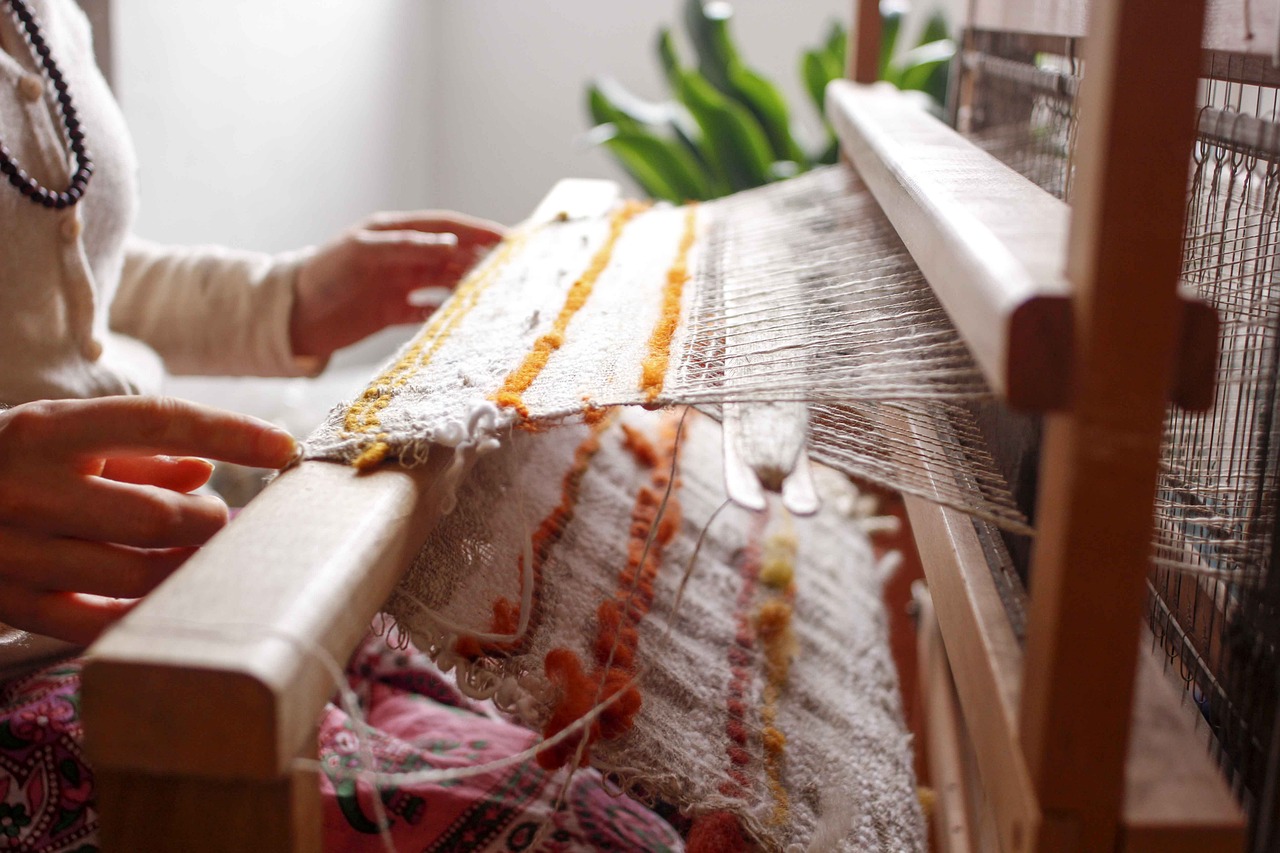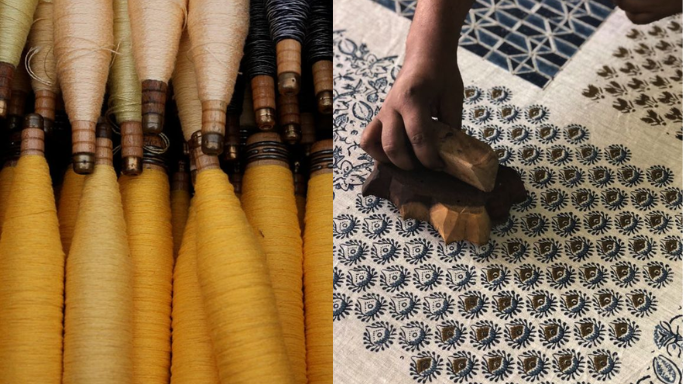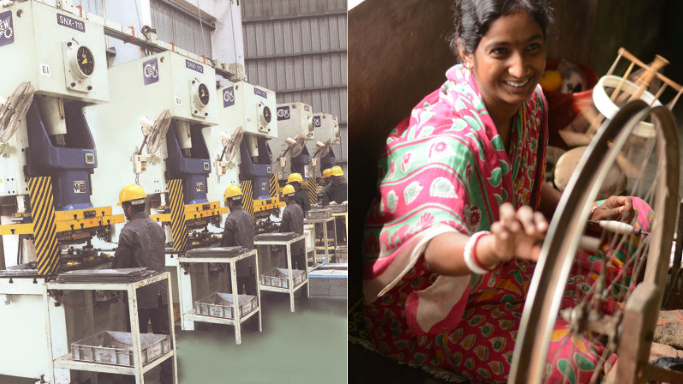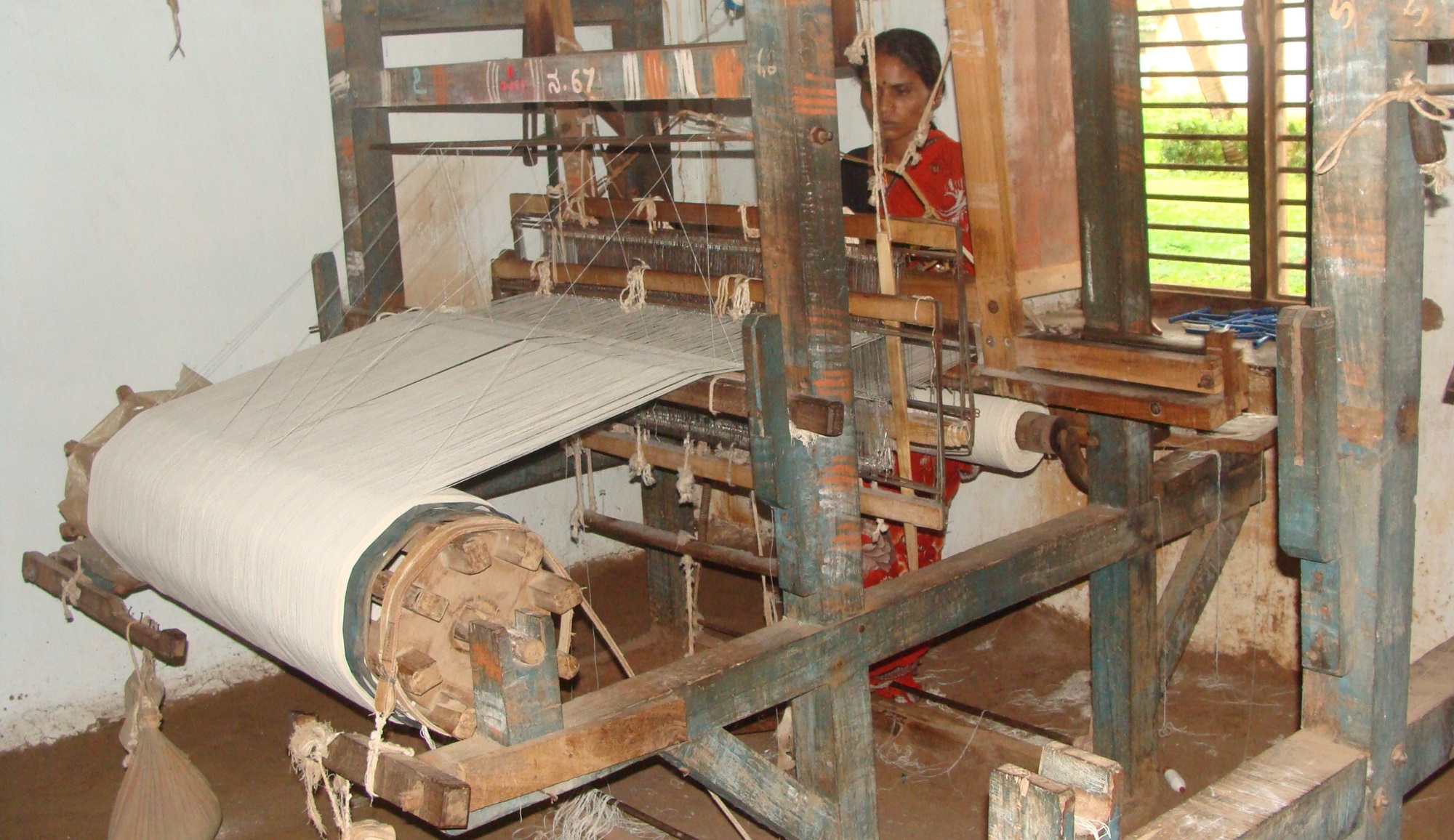
The Art of Sustainable Recyclability

Design for recyclability is the practice of creating products with their eventual recycling in mind. It involves selecting materials that are easy to recycle, designing products that can be easily disassembled, and minimizing the use of harmful substances. The goal is to ensure that, at the end of their life, products can be efficiently recycled, reducing waste and supporting a circular economy.
Designing for recyclability focuses on creating products with end-of-life in mind, ensuring that they can be easily and efficiently recycled.
Material selection

Material selection in designing for recyclability involves choosing materials that are easily recyclable and widely accepted in recycling systems, such as certain plastics, metals, and glass. It prioritizes the use of mono-materials to simplify the recycling process and avoid the challenges of separating mixed materials. Designers should opt for non-toxic and environmentally friendly materials that do not contaminate recycling streams. Additionally, the materials should be durable, ensuring the product's longevity while being straightforward to recycle at the end of its life. Proper labeling and identification of materials are also crucial to facilitate effective recycling.
Modular design
Modular design in designing for recyclability focuses on creating products that can be easily disassembled into separate components. This approach allows different materials to be separated and recycled individually, improving the efficiency of the recycling process. Using standardized parts and components that can be easily replaced or upgraded extends the product's life and reduces waste. Modular design also enables easier repair, reducing the need for complete product disposal. This design strategy supports a circular economy by facilitating the reuse and recycling of materials, ultimately minimizing environmental impact.

Avoiding harmful substances

In designing for recyclability, avoiding harmful substances is crucial to ensure that materials can be safely recycled without contaminating recycling streams or harming the environment. Designers should steer clear of toxic chemicals, heavy metals, and other hazardous materials that could complicate the recycling process or pose risks during disposal. Additionally, the use of adhesives and other binding agents should be minimized or replaced with alternatives that do not interfere with material separation. By focusing on non-toxic, environmentally friendly materials, the design process supports cleaner recycling and reduces the overall environmental footprint of the product.
Design for durability
Design for durability in the context of recyclability emphasizes creating products that last longer, reducing the need for frequent replacements and thus lowering waste. By making products resilient to wear and tear, their lifespan is extended, which in turn delays the need for recycling. Durable products can also be repaired or upgraded, further extending their usability. This approach reduces the overall consumption of resources and minimizes the environmental impact, as fewer products need to be manufactured and recycled over time. Ultimately, designing for durability complements recyclability by supporting a more sustainable life cycle for products.

Consideration of End-of-Life Scenarios

When designing for recyclability, considering end-of-life scenarios means planning how a product will be disposed of and reused or recycled after its useful life. This includes designing products that can be easily disassembled so that materials can be separated and properly recycled. Designers should also think about how the product can be reused or repurposed before it reaches the recycling stage, extending its life and reducing waste. Additionally, aiming for closed-loop recycling, where materials can be reprocessed back into the same or similar products, helps maintain material value and supports a circular economy. This holistic approach ensures that products contribute to sustainability even after they are no longer in use.
a guide to design for recyclability
Why is recyclability important in product design?
arrow_drop_downIt reduces environmental impact, conserves resources, lowers disposal costs, and ensures materials can be reused in new products, reducing the need for raw materials.
How does recyclability relate to product durability?
arrow_drop_downDesigning for recyclability and durability can go hand-in-hand, as both aim to extend a product’s life either through direct reuse or recycling its materials.
What is "Design for Recyclability"?
arrow_drop_downDesign for recyclability is the process of creating products with materials and structures that can be easily disassembled and recycled at the end of their lifecycle. This minimizes waste and supports circular economy principles.
What are the key principles of designing for recyclability?
arrow_drop_down1.Use of recyclable materials (like metals, glass, certain plastics) 2.Simplifying product assembly and disassembly 3.Avoiding mixed materials or toxic additives 4.Designing with standardized components and labeling for easier sorting
How can consumers contribute to recyclability?
arrow_drop_downBy purchasing products made from recycled materials, properly disposing of items through recycling programs, and supporting companies that prioritize sustainable design.
More Blogs

the scrap fabric solution, from clutter to creation

indian handloom in contemporary world

sustainability through handloom manufacturing

how to identify handloom fabrics in a powerloom world

ketia silk - a peace lover

reviving handloom weaving of india's finest khadi






